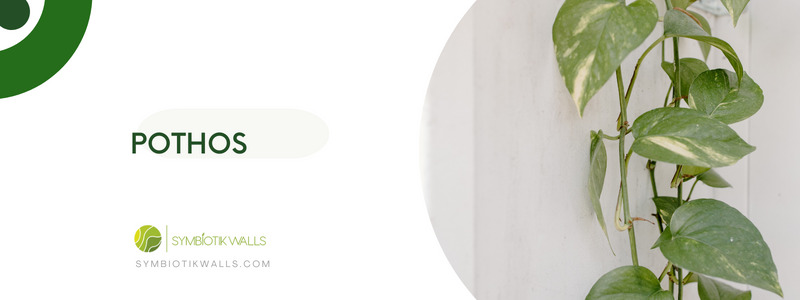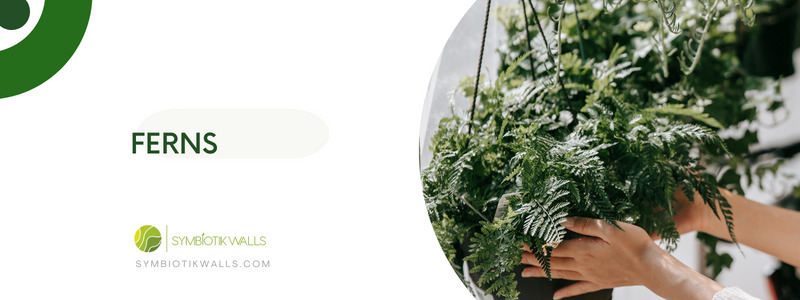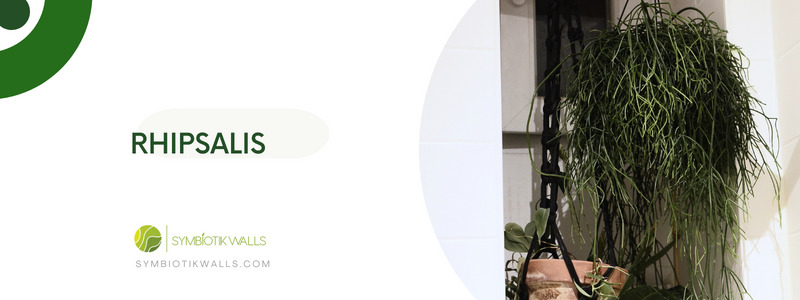Ayama Yoga is an intimate yoga studio in Miami where natural conditions and light are scarce. However, if you step into the studio, you’d probably notice there’s a whole lot of pretty greenery draped thought out in the form of living frames. We achieve this with the right use of artificial light. Lighting is the gateway to how water and nutrients interact with the biological processes that will allow plants to thrive. As wellness becomes more integrated into the home (and beauty and health shops), plants are a natural way to bring a calming environment indoors. And these days they’re not relegated to pots, they’re actually being hung like works of art.
Living walls also known as vertical gardens are plants that grow on walls and are an aspect of biophilic design being incorporated in homes and offices alike.
It’s easy to see why: Plants are known to create new oxygen, optimize humidity, and could even make employees more productive. Though Plants for the indoor garden
Pothos (Epipremnum sp.) is you ally

One of the best indoor plants for low-light situations, pothos is a vining plant that is very easy to care for and can be coaxed to climb or to hang from its resting place.
Peace Lily (Spathiphyllum)

Peace lilies are common in the home and are generally easy-to-care-for plants that can tolerate lower light and lower humidity.
Philodendron (Philodendron sp.) One of Symbiotik signature plants

One of the most popular ornamental plants, Philodendron is a climbing plant, that grows easily everywhere: they have aerial roots that embed into just about anything — including a nearby houseplant or a crack in the wall.
Take a look into Brasil, heartleaf, and velvet-leaf varieties, all of which we have growing in our walls
Ferns

There are a great variety of fern species that can grow indoors. From sword fern (Nephrolepsis exaltata) to hart’s tongue fern (Asplenium scolopendrium), most of fern species have a great range of adaptability for different humid and light conditions. Just remember to place the ferns closer to the base – that makes it easier to for them to soak up water.
Rhipsalis (some species) An exotic touch

Grow Rhipsalis in low to medium light. It can take a little direct sun indoors, especially in Northern climates, but doesn’t need bright sun to thrive. This indoor plant thrives under artificial lighting, too. The mistletoe cactus doesn’t want any direct sun if grown outdoors.
Carolina Ujueta

